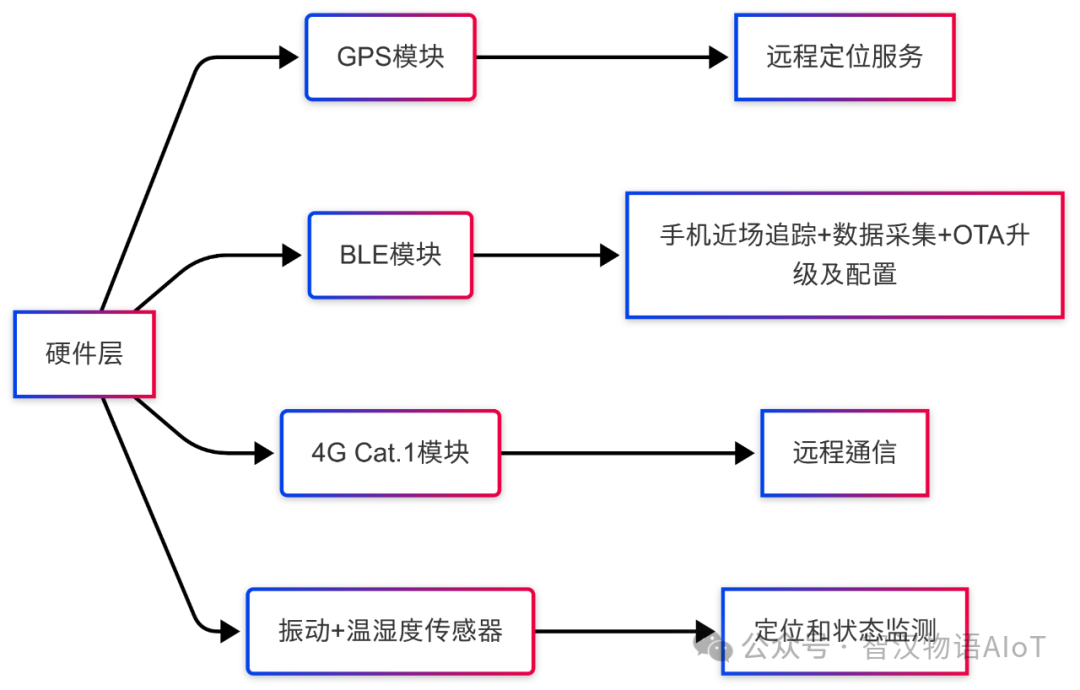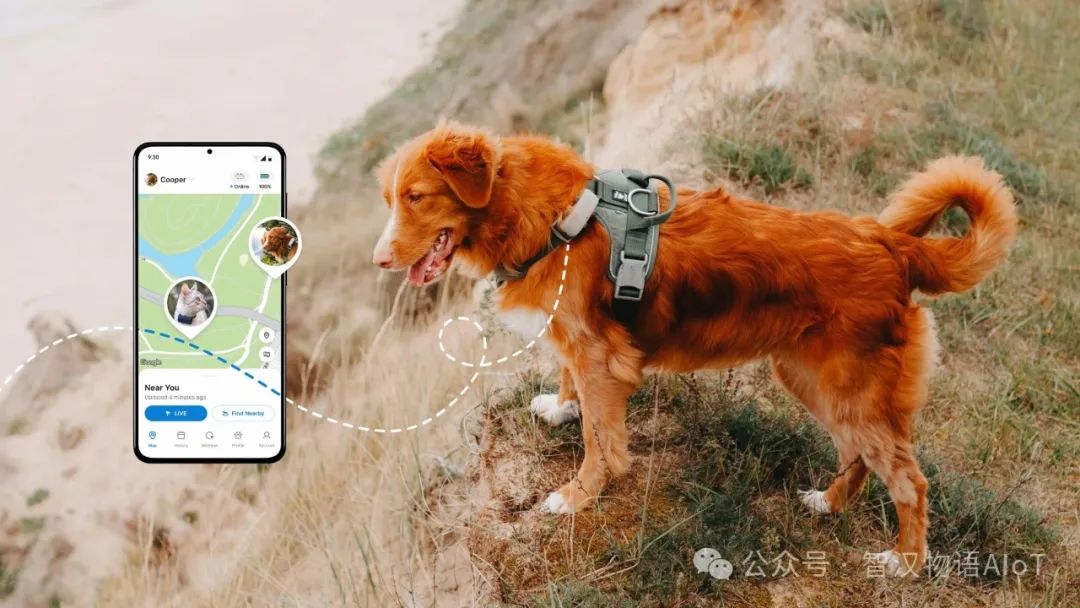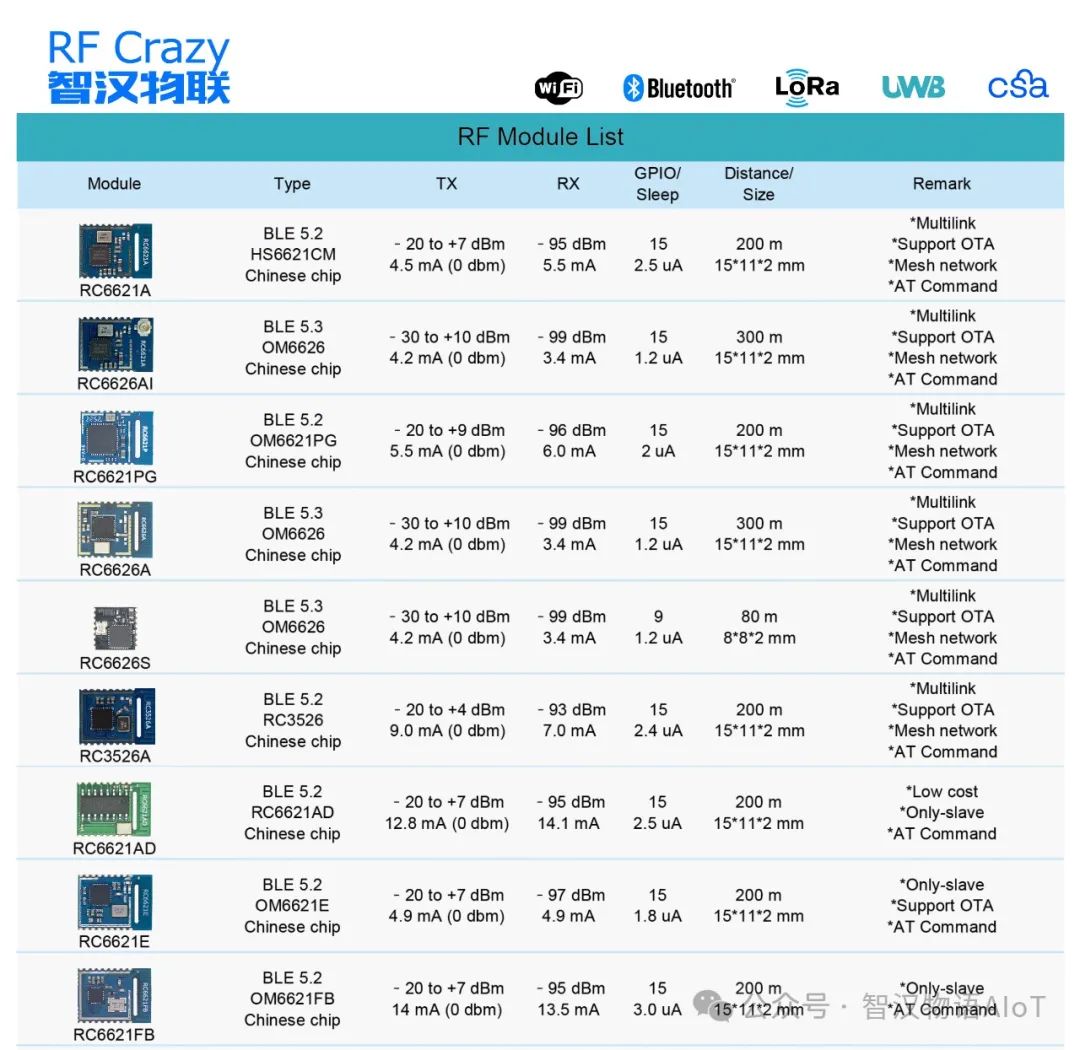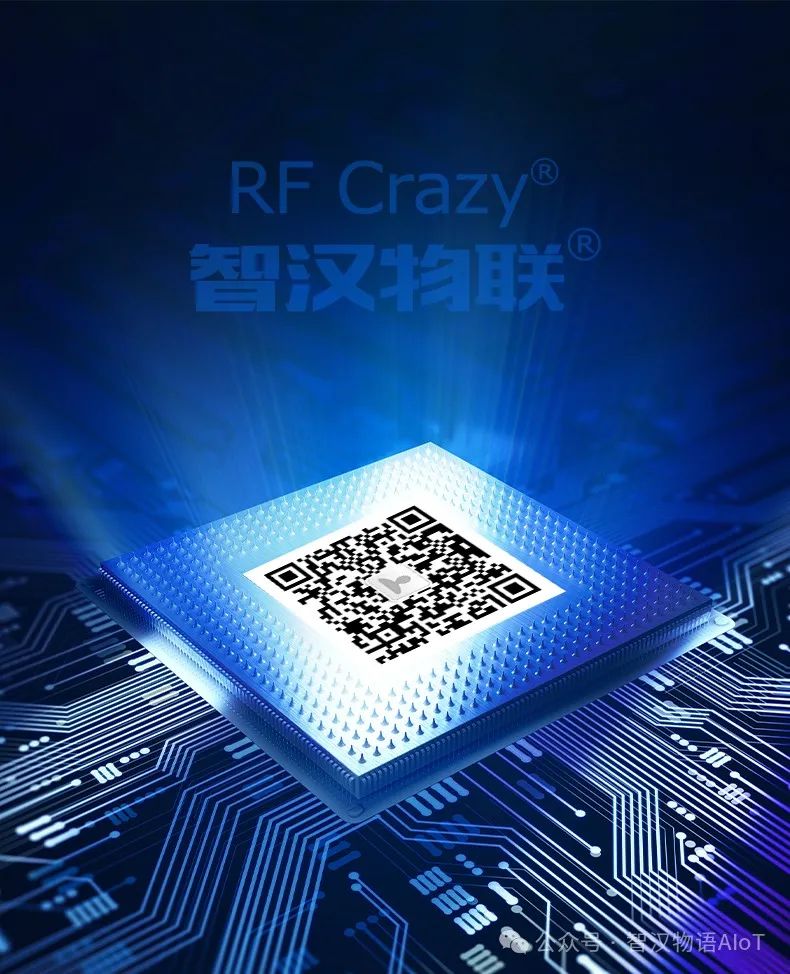With the continuous growth of the economy and the significant improvement in residents’ quality of life, pets have gradually integrated into many families, becoming indispensable family members. This change has not only spurred the vigorous development of the pet industry but has also led to a new wave of consumer trends.
According to the “China Pet Industry White Paper,” the urban (dog and cat) consumption market is expected to grow by 7.5% year-on-year in 2024, successfully surpassing 300 billion yuan. Among them, the dog consumption market will reach 155.7 billion yuan, a year-on-year increase of 4.6%; the cat consumption market will reach 144.5 billion yuan, with a staggering year-on-year growth of 10.7%. This set of data undoubtedly reveals that the pet industry is expanding at an unprecedented speed, becoming an important force in the consumer market.
As one of the trendy consumables in the pet industry, pet hardware facilitates the companionship, care, and monitoring of pets by their owners. The smart pet tracker (collar) is the most common product in pet hardware, and is undergoing a transformation from a single function to an ecological service. Statistics show that approximately 2.3 million pets go missing in our country every year, with a recovery rate of traditional physical identifiers being less than 15%. Early smart collar products were limited by the high power consumption characteristics of the GPS module, generally facing a 3 day battery life bottleneck and indoor positioning drift issues. With the maturity of low-power Bluetooth ( BLE 5.3 technology, combined with 4G Cat.1 cellular communication and Beidou/GPS dual-mode positioning technology, a technical solution is being reshaped for pet safety monitoring.

Technological Integration and Innovation
This innovative architecture not only enhances the device’s battery life but also achieves indoor 0.5 meters, outdoor 3 meters, and remote 20 meters full-scene positioning accuracy through BLE+GPS+4G technology, along with real-time activity monitoring functions, pushing smart collar products from “electronic nameplate” to “smart safety steward”. This technological integration not only solves the “last mile” precise search problem but also builds an intelligent ecological system covering lost pet warnings, health monitoring, and electronic file management through data interconnection with pet hospitals and rescue organizations, marking a comprehensive leap from single product intelligence to scenario-based services in pet monitoring.
The solution is built around BLE technology as the core to construct a near-field interaction hub, maintaining uA level standby power consumption while creatively opening up collaborative pathways for three technologies: the GPS module is responsible for outdoor location coordinate collection, the 4G Cat.1 module handles wide-area data transmission, while BLE plays the role of near-field positioning, power consumption optimization, device control, and data transmission. The system can perceive the pet’s physical condition and environmental location, and the low-power transmission channel of BLE is also used for firmware upgrades and configuration synchronization, significantly improving efficiency compared to traditional cellular network OTA methods.

System Architecture Design
The entire system adopts a four-layer distributed architecture: the positioning layer includes BLE+GPS modules, BLE near-field positioning technology, and remote positioning is handled by the GPS module responsible for location coordinate collection; the perception layer consists of multiple sensors, integrating multi-axis motion sensors, environmental light sensing units, and digital temperature control modules, collecting multiple sets of characteristic data from pets every few minutes; the communication layer establishes a dual-channel redundancy mechanism, with daily monitoring scenarios achieved through BLE directly connecting to mobile phones for data transmission. When pets exceed the owner’s visual range or Bluetooth coverage, it can be set to automatically switch to 4G cellular network; in terms of hardware architecture, the design uses STM32 processors, with the main control chip running a real-time operating system to process positioning and perception data, while the co-processor is dedicated to BLE connection management and power consumption optimization.

Application Scenario Expansion
The pet tracker can be applied not only in the most basic pet finding and positioning but also in other scenarios: in pet hospital settings, BLE near-field communication enables rapid transmission of electronic medical records, improving consultation efficiency; in community monitoring scenarios, through interaction with smart home systems, when pets approach the kitchen area, BLE proximity sensing triggers smart feeders to automatically open; in outdoor rescue scenarios, pets can switch identities to become search and rescue dogs, using the smart collar’s positioning perception and emergency communication to send simplified positioning and activity data in environments without signal.

About Zhihan IoT
From anti-loss alarms to pet tracking collars, the evolution of pet smart hardware is driven by the continuous penetration of low-power Bluetooth technology into positioning scenarios. Shenzhen Zhihan IoT Co., Ltd., with fifteen years of deep cultivation in BLE technology development, GPS module design, and sensor fusion algorithms, is redefining the possibilities of pet smart hardware—whether it is centimeter-level positioning capability or breakthroughs in multi-dimensional perception systems, all affirm the same truth: the ultimate goal of technological innovation is always to respect and protect pets.

Outlook and Summary
The current solution has served multiple pet smart hardware brands, with cumulative shipments exceeding one million sets. Market feedback shows that the average recovery time of devices has been reduced from the traditional solution’s ten hours to several minutes. In the future, with the commercial use of 5G RedCap modules, it is expected that pet hardware will reduce communication power consumption by half, and the integration of edge computing capabilities can compress pet behavior recognition latency to a lower level. As the cost of UWB technology decreases, the combination of centimeter-level positioning accuracy and motion trajectory reconstruction capabilities is expected to give rise to value-added services such as pet behavior correction. In terms of industrial ecosystem construction, breaking the data closed loop between pet hospitals, insurance institutions, and pet product merchants is forming an intelligent pet service ecosystem valued at over 10 billion yuan.
This revolution in pet monitoring driven by low-power Bluetooth BLE technology is essentially a deep penetration and reconstruction of IoT technology in vertical fields. By constructing a “near-field interaction – wide-area communication – cloud intelligence” trinity architecture, it not only solves the long-standing contradiction of power consumption and accuracy that has plagued the industry for years but also creates a composite value network for pet health management, smart security, and data services.
